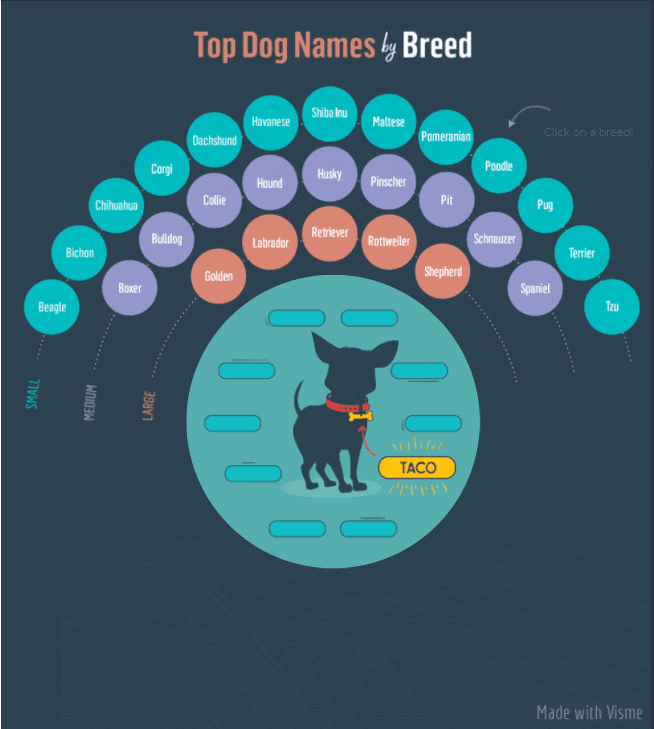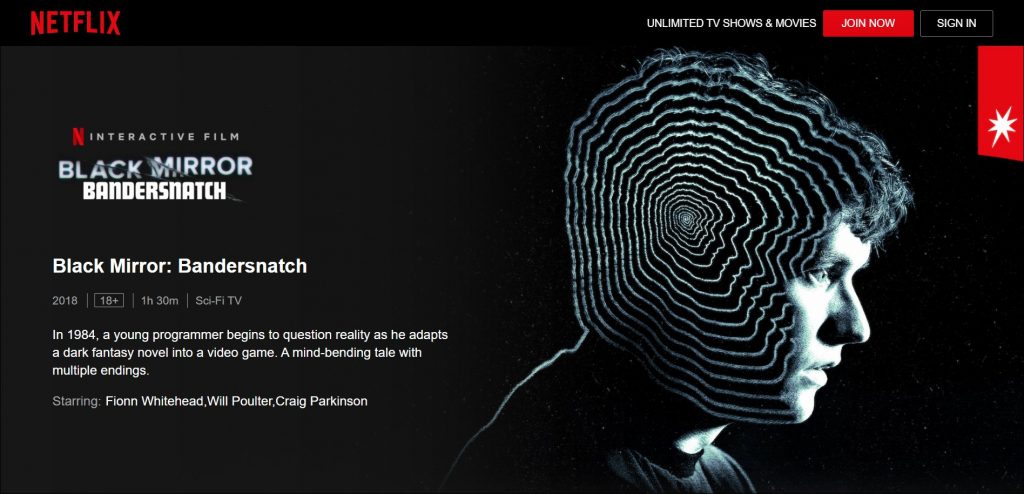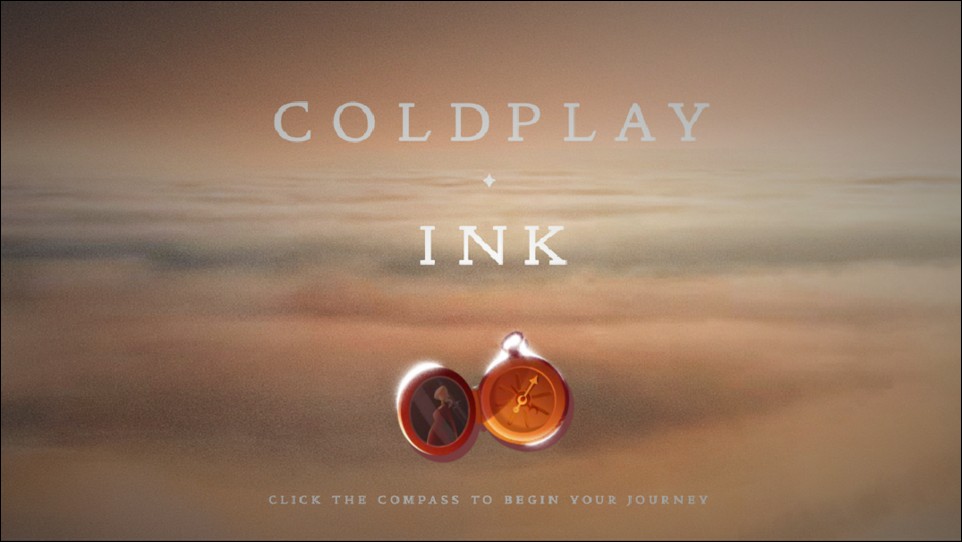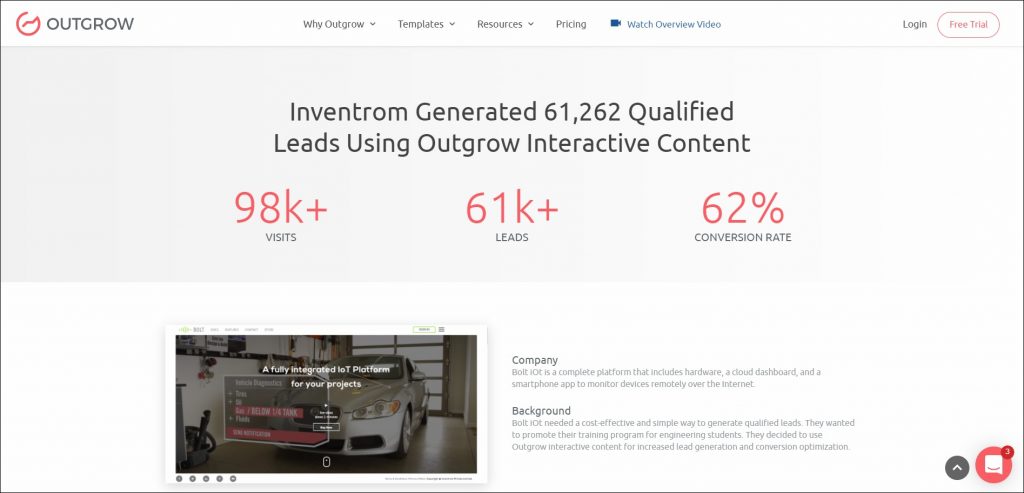Interactive Content Types
By now you have understood what is interactive content and how it works. And now it’s time to discuss the most important part – types of interactive content you can create:
1. Interactive Quizzes
Interactive quizzes are one of the most common types of interactive content out there on the internet today. We have seen whole companies like BuzzFeed built around interactive quizzes.
Well, there is a good reason behind it. Interactive quizzes have phenomenal stats to lure marketers. Did you know that 96% of users who start BuzzFeed quizzes finish them?
Example: Do You Remember “The Simpsons” As Well As You Think You Do? by BuzzFeed
This quiz will attract anyone who has spent their childhood watching The Simpsons. As a result, it will help BuzzFeed pull traffic to its website. And the quiz is so interesting that users will stay on the site till the end of the quiz. Thus, it will improve the SEO factor for BuzzFeed.

Want more examples? Here you go – Our Favorite 21 Marketing Quizzes of All Time!
2. Interactive Calculators
An interactive calculator is an interactive tool that takes user information and performs calculations accordingly. It can be used anywhere in the buyer’s journey to provide a personalized experience and push the user down the sales funnel.
Interactive calculators offer great value to the user as they can offer solutions to their pain points in a jiffy. Not to mention, interactive calculators are a great way to generate leads and establish your brand as an expert in the domain.
Let’s take a look at this case study:

Get Paid for Your Pad (GPYP) helps property owners maximize their returns as expert AirBnB hosts. To boost their lead generation, GPYP turned to Outgrow for help. And they built an interactive calculator on Outgrow’s interactive content builder. As a result, GPYP managed to score a stellar 41% conversion rate!
Related Read: Capturing the Marketing Funnel Effectively With Calculators & Quizzes
3. Interactive Assessments
An Interactive Assessment is a type of interactive content where the user is given a score based on the number of correct answers he/she has given.
Not to mention, it boosts user engagement and lead generation. Interactive assessments can be used throughout the sales funnel and is an excellent way to offer a personalized experience to the user. It also helps in gathering a lot of information about the audience.
Here’s a case study on how an interactive assessment helped Inventrom generate 61k+ leads.
4. Polls and Surveys
Polls and surveys are some of the most commonly used interactive content used in social media platforms. Nowadays you don’t even need a third-party app to set them up. Facebook, Instagram, YouTube are providing this feature by default. You simply need to select the option, edit your questions, and share!
Example: This is how Netflix uses surveys to gain feedback on its content.

Why use Polls and Surveys?
- To get customer feedback on your products, services, content, etc.
- You can also get audience insights like names, addresses, locations, interests, etc.
- Also, you can gauge the market sentiments like purchasing preferences, favorite brands, item categories, favored pricing, etc.
5. Product Recommendation Quizzes
Interactive product recommendations are a type of interactive tool that filters through a predefined catalog and recommends the most relevant item based on the user’s choices.
If you have purchased from any eCommerce portals like Amazon, then you must have used one. Did you know that 35% of Amazon’s revenue is generated by its recommendation engine?
Example: Here’s a popular one. Have a look at this makeup recommendation quiz. It not only asks relevant questions to give the best recommendations but also links the products on the results page to boost the eCommerce company’s sales.

6. Interactive Infographics
Did you know: Infographics receive 3X more likes and shares on social media than any other type of content?
Now that explains why 65% of the brands use infographics in their content marketing strategy! Having said that, you can already imagine the level of competition these days! So, publishing a simple static infographic won’t give you enough traction.
In order to stand out, you need to go interactive. This will not only attract your audience but also engage them.
Examples of interactive infographics:
This outstanding infographic tells you the entire journey of the WEB. And the best part, you can use your cursor and interact with the infographic!

2. Surprising Trends in Dog Names
Here’s another interactive infographic that reveals the most common dog names when you click on a dog species.

7. Interactive Video
Interactive video is a type of video that takes user input and acts accordingly. In simpler terms, interactive videos have clickable areas designated for specific actions. They play like normal videos but at the same time are capable of performing actions based on user input.
“In comparison to normal videos, interactive videos drive 47% more view time.”
In addition to the play, pause, and rewind features in traditional videos, interactive videos give you the liberty to directly interact and control the content of the video.
“Interactive videos have a 10x higher click-through rate than passive videos.”
With the help of certain tools, you can add features like click, drag, scroll, hover, etc. to your videos. Although there are numerous types of interactive videos, here are some that might pique your interest:
1. 360-degree view videos
2. Video quizzes
3. Movies with multiple narratives or paths to personalize the story
4. Videos with clickable parts (hotspots) that show hidden pieces of information or in some cases can redirect the user to new webpages.
Let’s take a look at some amazing interactive video examples:

In November 2018, Netflix released its first interactive film ‘Bandersnatch’ (targeted at adults) as a part of their Black Mirror series. The audience could interact with the video and choose their preferred storyline.

“60% of the viewers chose ‘Frosties’ when the movie prompted to select a morning cereal for the protagonist, Stefan.”

In 2014, Coldplay released ‘Ink’ as a part of their music video ‘Ghost Stories’. It’s a beautifully animated film that prompts the viewer to select which storyline to follow (example: which path to take in the forest, etc.).






